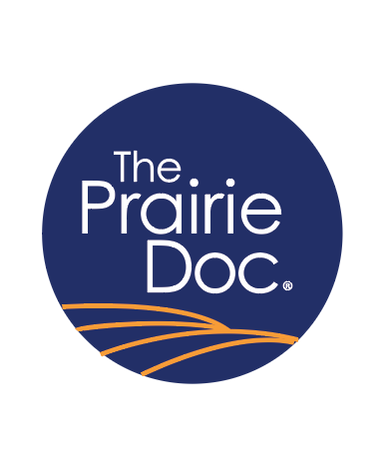|
By Richard P. Holm MD
Our eldest son, who now lives in Brooklyn, New York, recently came home to South Dakota on “he loves how he can see the stars and the Milky Way in the night sky, the morning tangerine sun rising in the east, and the space and lack of congestion in shelter-belted houses surrounded by fields of abundant crops, separating the miles between small towns. Home-grown tomatoes here have even prompted him to deem August in South Dakota as “Tomato Christmas.” “It is so different than life in the city,” he says. The tall buildings, with city lights on all night long wash out the stars; usually the sun is up for hours before it is seen; sidewalks are full of people rushing to and fro at almost every hour; towns have filled and merged such that there are no open spaces between them; and aside from parks, there are too few growing places in the city. He told me, “The beauty and wonder of rural life becomes more apparent only when you have been away from it for a while.” But rural more remote living can result in increased health risks because, when there is an emergency, extensive travel can be required, even to the closest hospital. Then, that small-town hospital with its limited resources may lack the necessary tools and experience to help you. Even with helicopters flying to the rescue, rural living may still result in delay in care when minutes can matter. And when a medical problem is not so urgent, rural people often still have to travel long distances to obtain outpatient medical, subspecialty, dental, and pharmaceutical care. The result, as outlined by the National Institutes of Health, is that too often rural residents delay care, problems become more serious, and higher rates of chronic disease occur. In addition, with farmers’ potential exposure to chemicals, excessive dust, and dangerous, motorized farming equipment, farming is rated the fourth most dangerous profession, behind industrial fishing, logging, and piloting. But technology has helped the rural health condition. With (e) electronic connectivity, like the e-Intensive Care Unit and e-Emergency Room, communicating health information between small rural hospitals and more urban specialty centers, has helped reduce the risks. Additionally, your Prairie Doc television program endeavors to reduce rural risk by bringing science-based health information to the people of this rural region. Although living in a rural area carries some health disadvantages, the risks have been reduced. This makes living here even more worth it, especially during Tomato Christmas. Comments are closed.
|
Archives
July 2024
Categories |
 RSS Feed
RSS Feed


